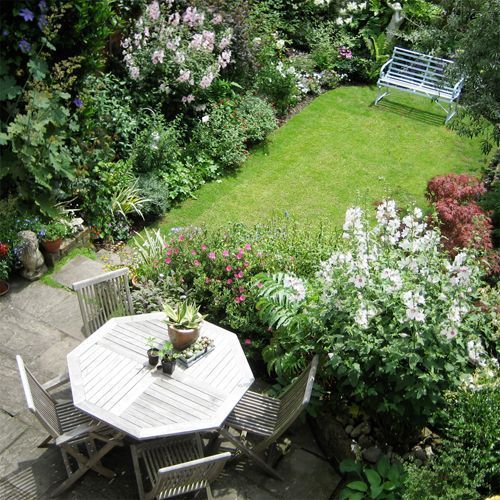Small gardens are a popular trend among garden enthusiasts, as they offer a charming and manageable space to cultivate plants and flowers. Despite their limited size, small gardens can still be designed to be functional, beautiful, and inviting. With a little creativity and planning, even the tiniest outdoor spaces can be transformed into a vibrant oasis.
One of the key considerations when designing a small garden is maximizing the use of vertical space. This can be achieved by incorporating trellises, hanging planters, or wall-mounted shelves to create visual interest and increase planting opportunities. Vertical gardening not only adds dimension to a small garden but also allows for more plants to be grown in a limited area.
When selecting plants for a small garden, it is important to choose varieties that are well-suited to the space available. Compact and dwarf varieties of flowers, herbs, and vegetables are ideal for small gardens, as they require less space to grow and can thrive in containers. Additionally, selecting plants with similar light, water, and soil requirements will help ensure a harmonious and healthy garden.
Incorporating elements such as seating areas, pathways, and decorative features can enhance the functionality and aesthetics of a small garden. By strategically placing seating areas, such as benches, chairs, or bistro sets, gardeners can create inviting spaces to relax and enjoy the beauty of their garden. Pathways made of stepping stones, gravel, or mulch can provide structure and define different areas within a small garden. Decorative elements like garden ornaments, sculptures, or even a small water feature can add personality and charm to the space.
To make the most of a small garden, it is important to carefully plan the layout and organization of plants and features. Creating a focal point, such as a striking plant arrangement, statue, or fountain, can draw the eye and add visual interest to the garden. Grouping plants with similar colors, shapes, or textures can create a cohesive and harmonious look, while incorporating a mix of heights and textures can add depth and dimension to the garden.
Finally, maintaining a small garden requires regular attention and care to ensure its health and vitality. Watering, fertilizing, weeding, and pruning are all essential tasks that should be performed regularly to keep plants thriving. By staying on top of maintenance tasks and addressing any issues promptly, gardeners can enjoy a beautiful and flourishing small garden throughout the growing season.
















